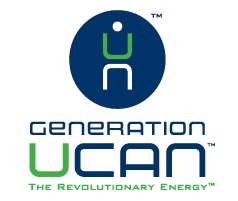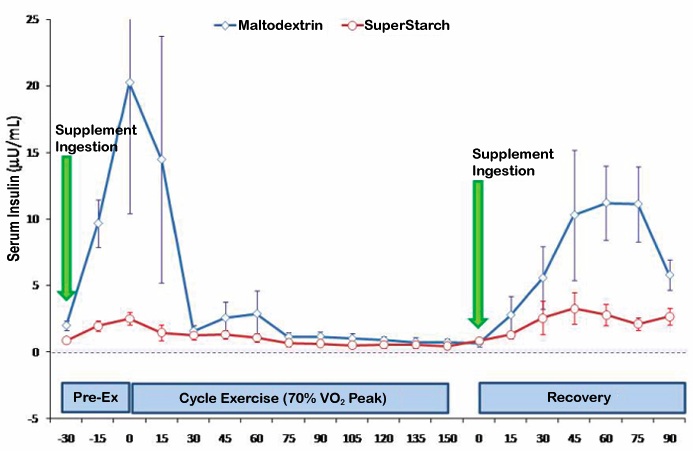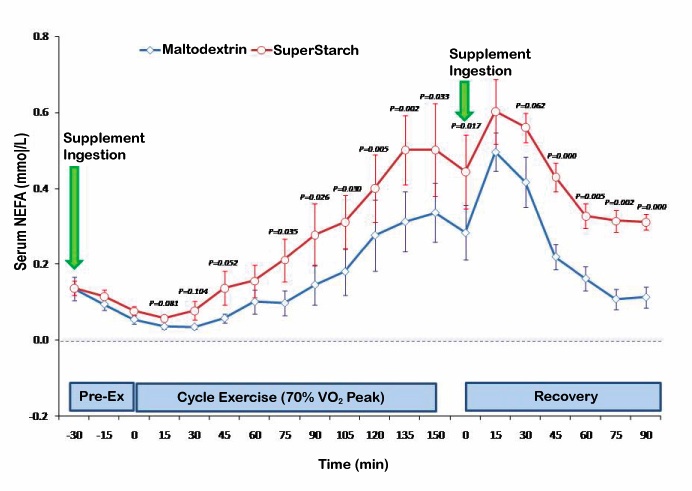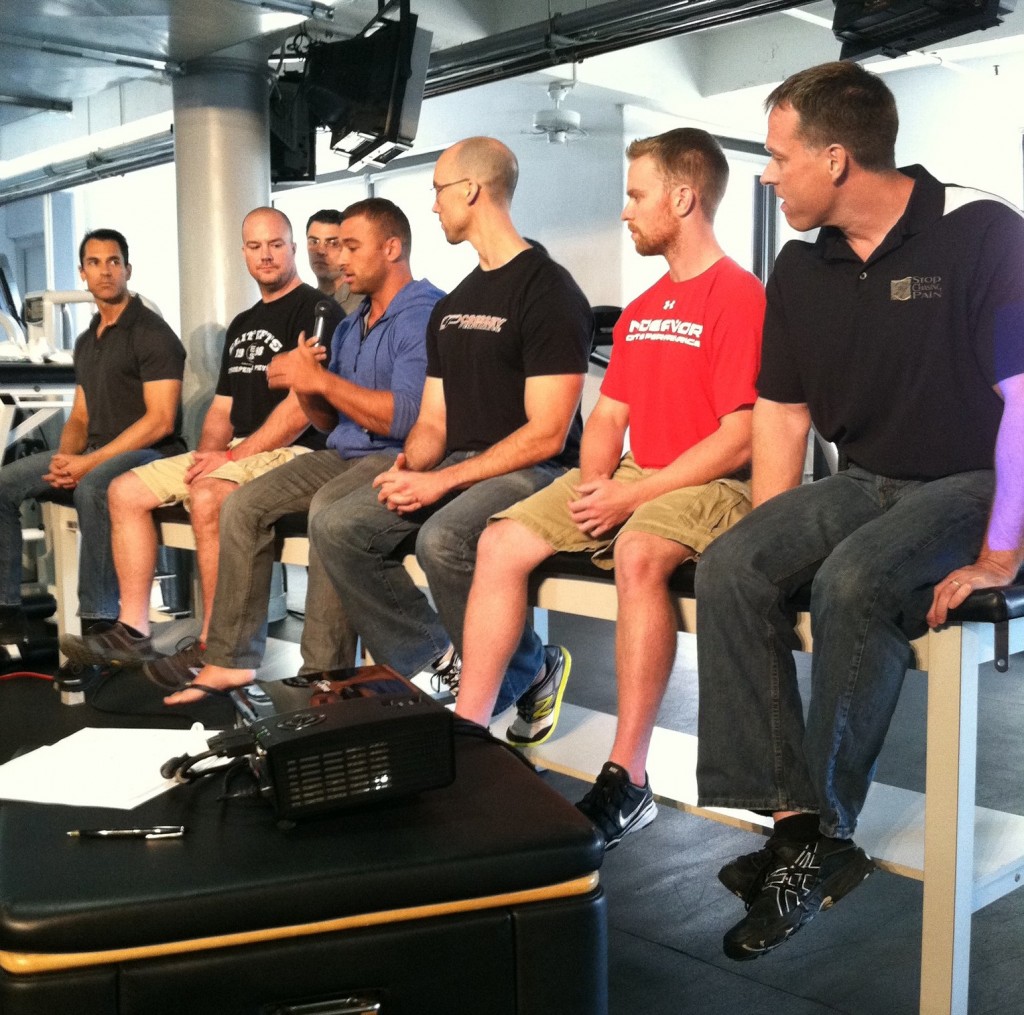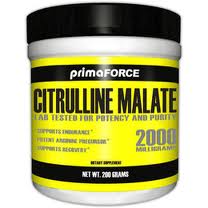A couple days back, I wrote an article on the benefits of Generation UCAN as they pertain to maintaining/achieving low body fat levels AND in avoiding the deleterious effects of an over-reliance on carbohydrates. If you missed it (or want a re-read!), you can check it out here: UCAN Break Carbohydrate Dependence
The general idea of that article was that we don’t want to rely on high-intensity systems when we don’t need them. This is true from both a performance and fuel perspective, and has significant implications on training program design. This conversation highlights a change in my thinking regarding program design that stems from interactions I’ve had with Patrick Ward, Joel Jamieson, and David Tenney. Most recently, I spent 4 days with Patrick when I was out in Phoenix for a Postural Restoration Institute seminar. As Patrick described it, programs can be designed with a solitary or combined focus of these foundations:
- Exercise Progressions
- Energy System Utilization
While I think most people reading this are familiar with exercise progression concepts, the idea of energy system utilization congruency might be less familiar. A simple way to grasp this concept is to refer back to the article from last week: Peak Performance and Diet Design Seminar. More specifically, the list of physical quality competing demands from Dr. Issurin provides a structure through which we can begin to understand how to design programs around energy system congruency.
- Aerobic Endurance: Alactic (Sprint) abilities, strength endurance-aerobic, maximum strength-hypertrophy (after)
- Anaerobic (Glycolytic) Endurance: Strength endurance-anaerobic, aerobic restorative exercises, aerobic-anaerobic (mixed) endurance
- Alactic (Sprint) Abilities: Aerobic endurance, explosive strength, maximum strength-hypertrophy (after), aerobic restoration exercises
- Maximum Strength-Hypertrophy: Maximum strength-innervation, flexibility, aerobic restoration
- Learning New Technical Elements: Any kind of training modality, but after the dominant tasks
This list refers to a basic physical quality or energy system, and what other qualities can be developed concomitantly without the interfering with each other. Recently there has been an increased focus on high intensity interval training (or “Anaerobic/glycolytic endurance” in the list above) as a primary conditioning method for athletes. If you refer to the list above, you can see that this approach can be used coincidentally with training for anaerobic strength endurance, aerobic-anaerobic endurance, and aerobic restorative exercises. Notably absent from this list are many of the other major qualities that are important for both hockey players and almost all other team-sport athletes: alactic (sprint) abilities, maximum strength-hypertrophy, maximum strength-innervation, and explosive strength.
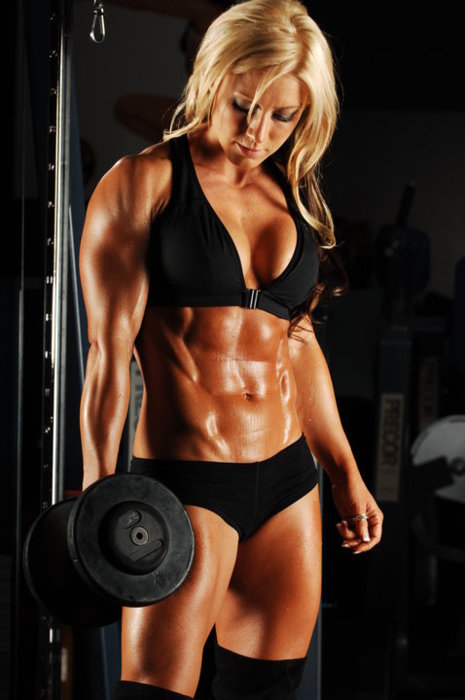
Strength matters
Related to my previous post, putting such a high emphasis on anaerobic/glycolytic training, such as that commonly used during high intensity interval training sessions, will not only interfere with the development of other qualities, it will also make the body reliant on the glycolytic system (carb dependence!), which has a limited fuel supply, creates a high degree of stress on the body and has longer recovery times, especially in the absence of a well-developed aerobic system.
There is a time and a place for this, but this type of training should not be used haphazardly
Interestingly, last off-season I made some changes to our off-season conditioning progression based solely off of my feelings about how the athletes recovered from the progression in the previous off-season that appear to be in line with this “energy system utilization congruency” idea. That said, there is always room for improvement and I’ll be readdressing this for all of our athletes in the coming weeks.
Early in my career, if you would have said “energy systems training” I would have said, “sure, conditioning.” Recently, I’m finding that EVERYTHING is energy systems training, and viewing things in this light will have pretty profound implications on how I design programs in the future. A related take home is that it’s important to be proactive in seeking new information and to continually improve yourself. In this regard, it’s helpful to stand on the shoulders of giants, to learn from the best in the industry. Patrick, David, and Joel have been outstanding resources for me, and I’m confident they will be for you too. If you haven’t already, start looking into their work, much of which can be found here: StrengthCoach.com
Lastly, remember that you only have a couple days left to save $100 on Joe Dowdell and Dr. Mike Roussell’s Peak Diet and Training Summit Package, which includes 12 DVDs and 3 manuals with over 500 pages jammed full of quality training program and diet design information. Go here to take advantage of their offer before the price jumps! Peak Diet and Training Summit Package
To your success,
Kevin Neeld
P.S. If you’re interested in more information on energy systems training, Joel posted a great video from a talk he gave that you can watch for free here: A New Perspective on Energy Systems Training
Please enter your first name and email below to sign up for my FREE Athletic Development and Hockey Training Newsletter!


